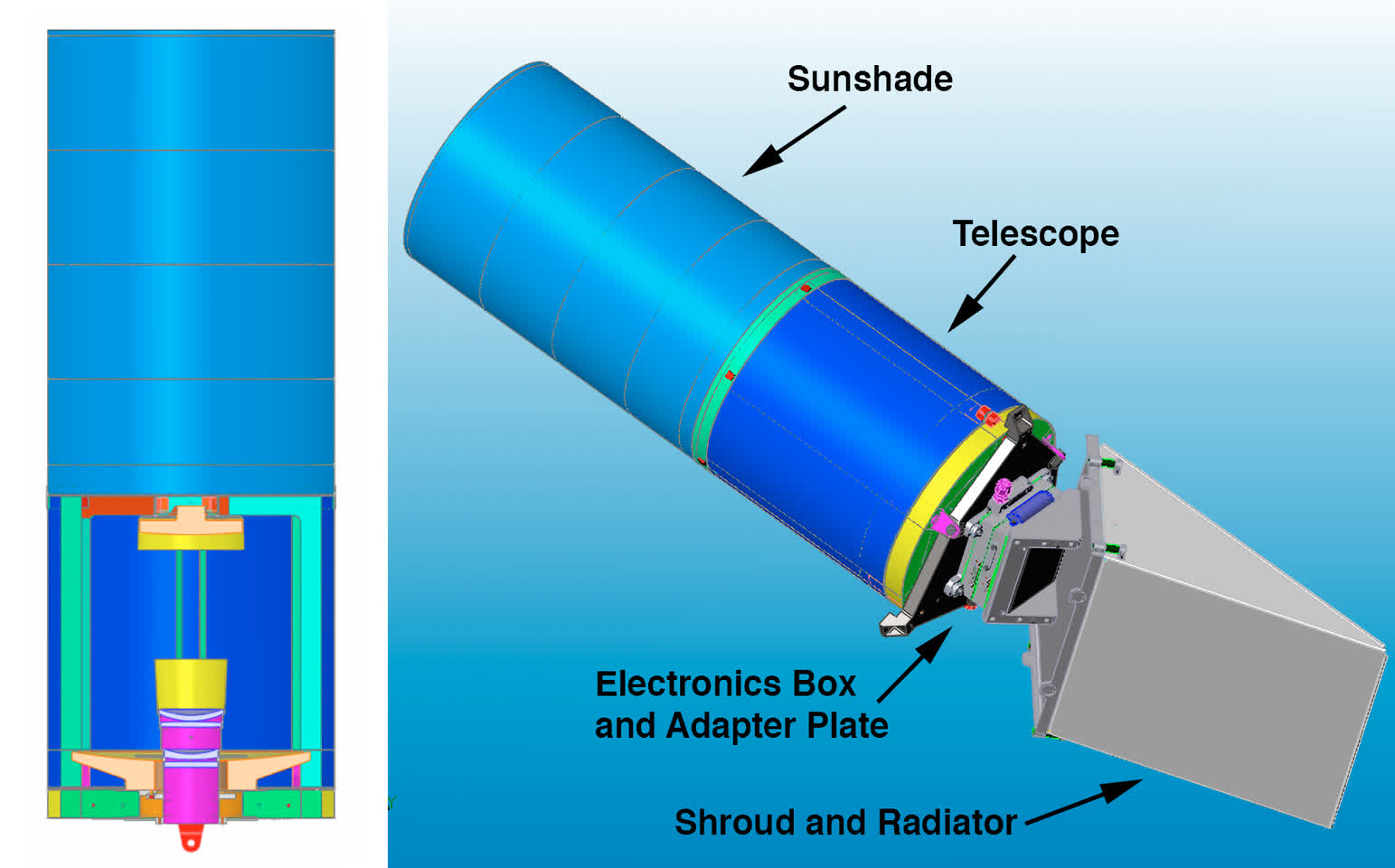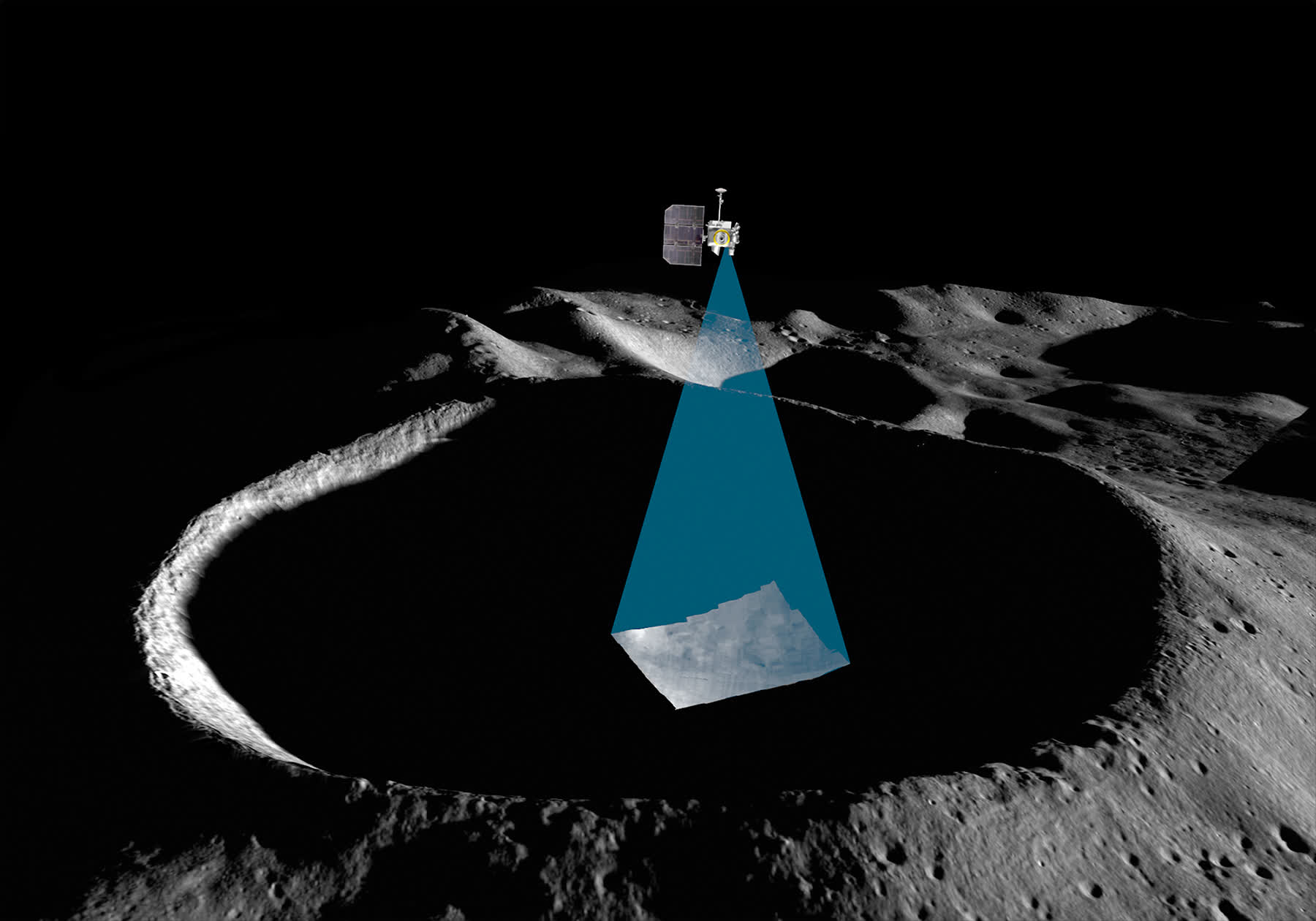In brief: South Korea's inaugural lunar expedition is still on track to launch next summer, the country's Ministry of Science and ICT has confirmed. The mission is scheduled for lift-off in August 2022 and will hitch a ride to space courtesy of SpaceX's Falcon 9 rocket. The probe will take roughly three months to reach its destination and position itself in orbit.
Phase one of the mission aims to put a probe into orbit around the Moon. It'll carry a handful of useful instruments including ShadowCam, a NASA instrument that will map the permanently shadowed regions of the Moon to search for minerals that could be harvested to support future missions. It was developed by researchers at Arizona State University and Malin Space Science Systems as the US' contribution to South Korea's mission.

(The ShadowCam instrument will acquire images of shadowed regions of the moon using a high-resolution camera, telescope, and highly sensitive sensors.)
As The Register highlights, the orbiter will also be rigged with equipment to conduct Delay-Tolerant Networking (DTN) tests. DTN is an approach to computer networking that seeks to address technical issues that may arise when a network lacks continuous connectivity.
We'll eventually reach a point where network connectivity in space becomes a necessity, but existing Earth-based solutions likely won't be ideal because they were not designed with many minutes of latency in mind, like what would happen when an "access point" dips behind the Moon for a few hours. DTN could address this by modifying the networking stack.
South Korea's probe is also expected to measure the Moon's magnetosphere.
Phase two will include an orbiter, a lander and a rover to gather even more information, and is expected to launch in 2025.
